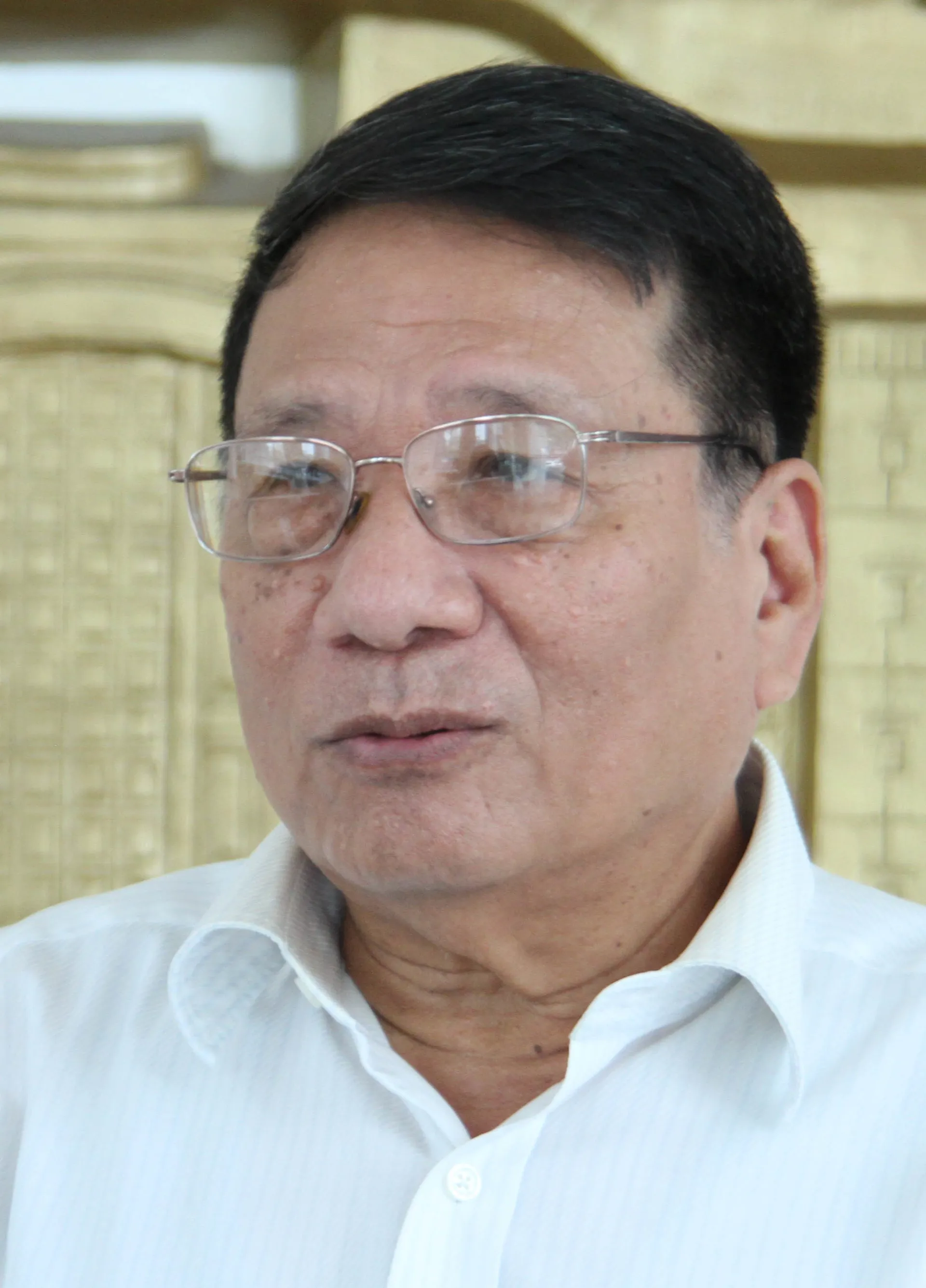Hidden values remain for study and discovery
Most experts have said that Hanoi's authorities need to further study the preservation of the site to promote its historical values.
Experts have submitted more than 30 reports on the conservation of the Imperial Citadel of Thang Long during the two-day workshop between September 8 and 9. Most said Hanoi authorities need to further study the preservation of the site to promote its historical values.
Hoang Dao Cuong, Deputy Minister of Culture, Sports and Tourism
Among Vietnam’s three imperial cities that are recognized as World Cultural Heritage, the Imperial Citadel of Thang Long shows its distinctive imprints.
After 20 years of study, conservation, enhancement, and promotion, we have reached some remarkable outcomes. Up to now, Hanoi's authorities have fully complied with the recommendations of UNESCO in the development of the center for site management, training, and improvement of quality for management staff. They have developed and issued heritage conservation regulations as well as mapped out and executed plans to preserve, repair, and enhance the heritage, preventing negative impacts on the heritage, and organizing professional workshops on heritage conservation.
The international workshop on 20-year experiences of conservation of the imperial city is one of the best opportunities for us to share our practices in heritage conservation with the global community.
Prof. Dang Van Bai, former Director of the Department of Cultural Heritage (MCST)
I would go for the idea of making the Imperial Citadel of Thang Long a historical and cultural monument. The proposal would help protect all artifacts and archaeological discoveries, maintain the distinctive Thang Long – Hanoi urban area, and promote the values of the heritage to all people in the most accessible and understandable way.
The monument will cover all artifacts and archaeological findings inside the heritage.
Assoc. Prof. Bui Minh Tri, Director of the Institute of Imperial Citadel Cities
The most difficult issue in the study of Kinh Thien Palace is the scarcity of materials for the design, scope, and shape of its foundation. We have to further study the building materials and designs of the palace in the time of the Later Le Dynasty based on archaeological findings to translate the characteristics, functions, and structure of each wooden component and tile.
Christian Manhart, UNESCO Representative in Vietnam
There are few heritage sites in the world that show such long-term continuity as the Imperial Citadel of Thang Long. There are still many layers of the history underground. I would like to emphasize that heritage research and conservation are very long process that requires strategic planning and implementation. At the same time, priorities and areas of focus in research need to be clearly defined. The inscription of the citadel on UNESCO’s World Heritage List is an honor that incurs commitments and responsibilities for everyone.












